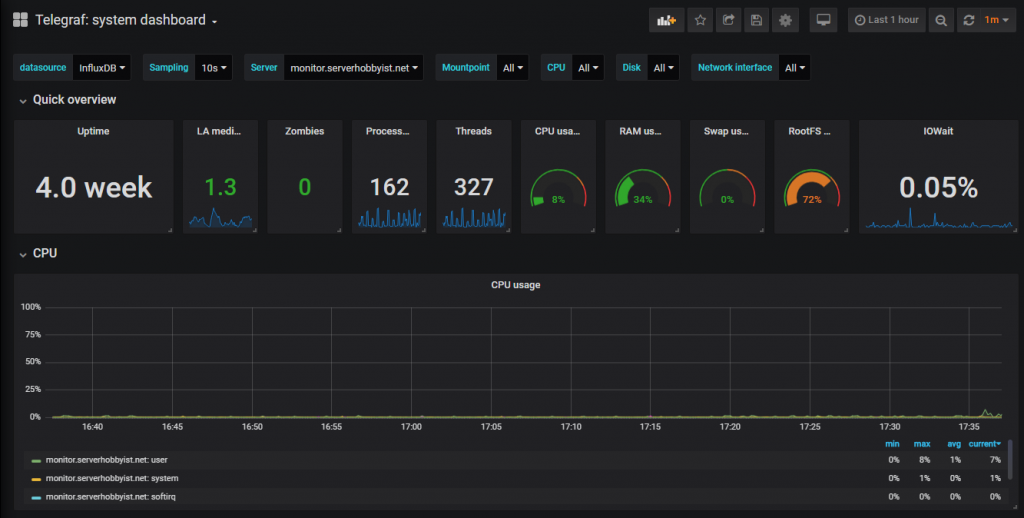As I work towards my goal of making this website highly available I’ve hit a couple of roadblocks. As always in IT it is important to work through these and treat them as learning experiences. Sometimes late at night when I encounter one of these its tough for me to go to bed even though I know a rested mind the next day would help me work through the problem. I’ve been hitting quite a few blocks in my quest lately.
First I always wanted to give Kubernetes a try. I chose a hosted platform on Digital Ocean to help me learn about it. I’m planning on talking more about it later but it gave me a great insight into how it encompasses more than just compute orchestration and covers much more of IT infrastructure. Right now I don’t think I’m ready to tackle using it for my personal infrastructure.
For now my plan is to use Docker Swarm. It offers application healing through container regeneration and scaling of how many container instances are running at a given time. My biggest road block has been storage. WordPress web content is dynamic, things like media attachments exist on the web server. If I want to load balance across containers I need to have the source content identical. NFS seemed like the easiest answer.
I tried to create a docker volume on the management swarm node based on the NFS path and present it to the docker service but it didn’t seem to work right. It mounted an empty directory every time. I troubleshooted it from an NFS standpoint but I think I had a lack of understanding of Docker Swarm. There is a lot of ambiguity out there and I have to preface this with I may have done something wrong but here’s what I used to create the service with the NFS share to fix it.
docker service create \
--name nginx-test \
--replicas 2 \
--mount 'type=volume,src=nginx-test,volume-driver=local,dst=/usr/share/nginx/html,volume-opt=type=nfs,volume-opt=device=:/storage/nfs/nginxhttp,volume-opt=o=addr=192.168.79.181' \
--constraint 'node.role != manager' \
--publish 80:80 \
nginx:latest
My understanding of the above is I created the volume in line with the service. I wish I could find something definitive that confirms my suspicions but I think it needs to be inline so each replica knows where to get the source from. I hope this helps someone because I couldn’t find much out there.
